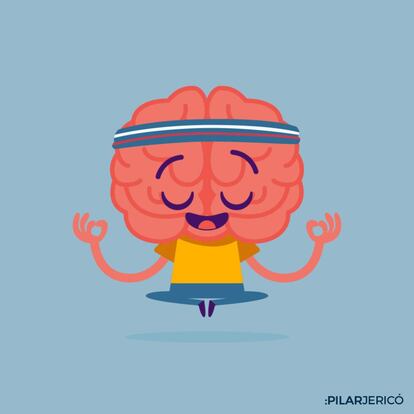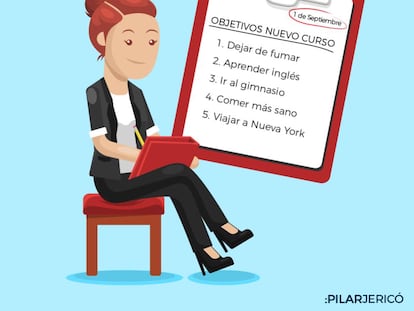Four easy techniques to sharpen your memory
Displays of mental gymnastics are within our reach if we are prepared to train our brains
Imagine you could memorize a randomly shuffled deck of cards in 90 seconds or a sequence of more than 100 digits in less than five minutes. Impossible? Well, these are some of the memory feats performed by Chester Santos, the winner of the 2008 USA National Memory Championships. According to Santos, it’s all down to training and that, says Wendy Suzuki, Professor of Neural Science and Psychology at New York University, is something we can all get our minds around to a greater or lesser degree.

In this week’s blog post we will take a look at how to improve our memories in four easy steps.
Repetition
There are things we all do automatically, such as a dance step or a sport or changing the gears in a car. Recollection is easy because we have repeated the task a million times, making it a matter of chemistry. Through repetition, we have established a new neural network. That’s why we sometimes find ourselves taking our usual route when driving despite the fact we meant to go somewhere else. The repeated action generates a new memory groove. So, if you want to learn something new, the first thing to do is to arm yourself with plenty of patience and repeat it over and again.
If you want to learn something new, arm yourself with plenty of patience and repeat it over and again
Association
According to a Ted talk given by memory champ Chester Santos, there is a trick to remembering random word lists: get each word on the list and link it to the next by creating a story. During the talk, Santos reels off a number of words, including monkey, iron, rope, kite, house … and proceeds to encourage the audience to conjure up an image of a monkey. It could be a monkey like Curious George, playing with an iron that is attached to a rope. He is fooling around with the rope when suddenly he is lifted off the ground because, unknown to him, the rope is attached to a kite which flies into a house etc.
This association technique, which should draw on all the senses such as touch and smell, can be applied to our daily lives, including the notoriously difficult memorizing of names and faces. The trick here is to associate each name with an image, perhaps of someone you already know, and then associate the new owner of the name with that image.
Emotional resonance
I bet you remember what you were doing on 9/11. This is thanks to the amygdala, an almond-shaped area near the hippocampus that processes emotion and helps imprint memories that involve emotion. Any intense experience will be far easier to commit to memory, be it a film that made you cry or an incident you found hilarious. Whether good or bad, an intense experience will be quickly encoded.
Any intense experience will be far easier to commit to memory
The novelty factor
Our brains are attracted to novelty and commit new things to memory with ease. This is, of course, partly due to the emotional trigger. For example, it will be far easier to remember Chester Santos’ list – monkey, iron, rope, house etc – if you construct a story that is quirky or outrageous. Our brains like to play around. If you use imagination and creativity, you’ll find mental athletics are, if not second nature, then easier than you thought.
So, the good news is, we can all improve our capacity to retain information if we are prepared to follow the four golden rules above.
English version by Heather Galloway.
Tu suscripción se está usando en otro dispositivo
¿Quieres añadir otro usuario a tu suscripción?
Si continúas leyendo en este dispositivo, no se podrá leer en el otro.
FlechaTu suscripción se está usando en otro dispositivo y solo puedes acceder a EL PAÍS desde un dispositivo a la vez.
Si quieres compartir tu cuenta, cambia tu suscripción a la modalidad Premium, así podrás añadir otro usuario. Cada uno accederá con su propia cuenta de email, lo que os permitirá personalizar vuestra experiencia en EL PAÍS.
¿Tienes una suscripción de empresa? Accede aquí para contratar más cuentas.
En el caso de no saber quién está usando tu cuenta, te recomendamos cambiar tu contraseña aquí.
Si decides continuar compartiendo tu cuenta, este mensaje se mostrará en tu dispositivo y en el de la otra persona que está usando tu cuenta de forma indefinida, afectando a tu experiencia de lectura. Puedes consultar aquí los términos y condiciones de la suscripción digital.










































